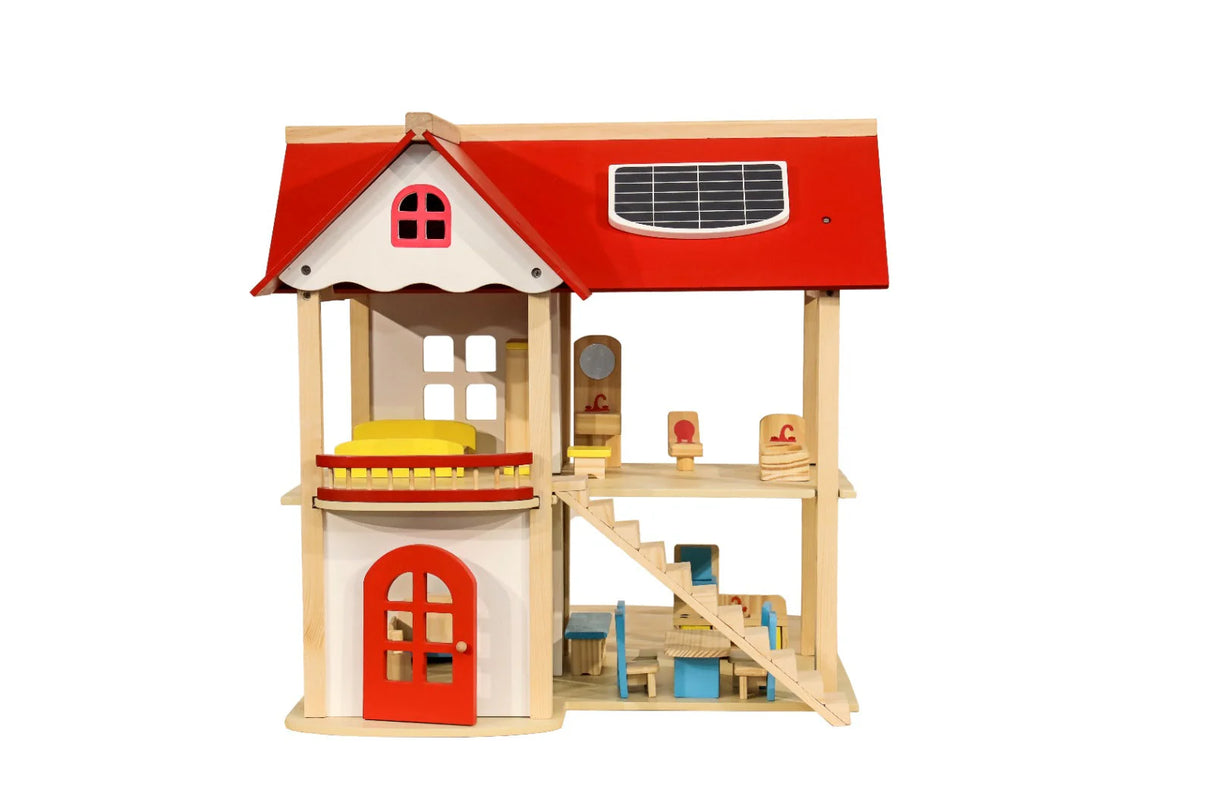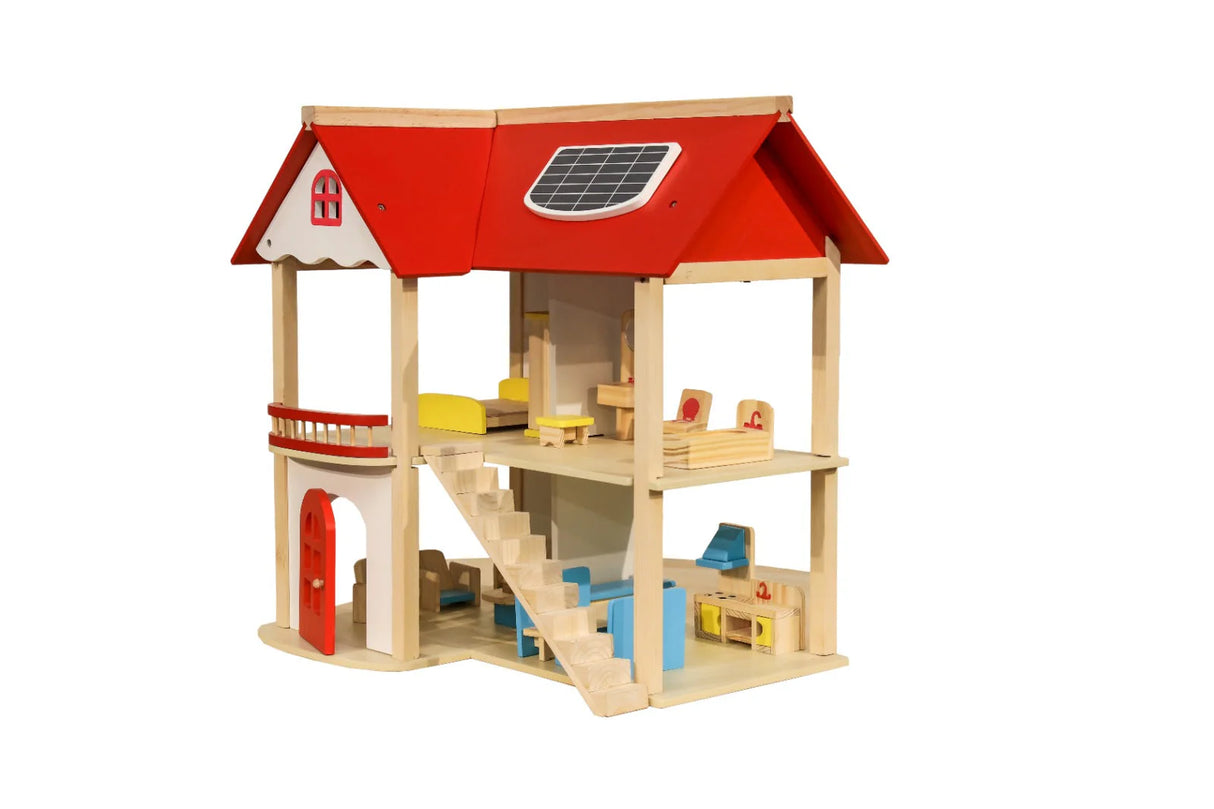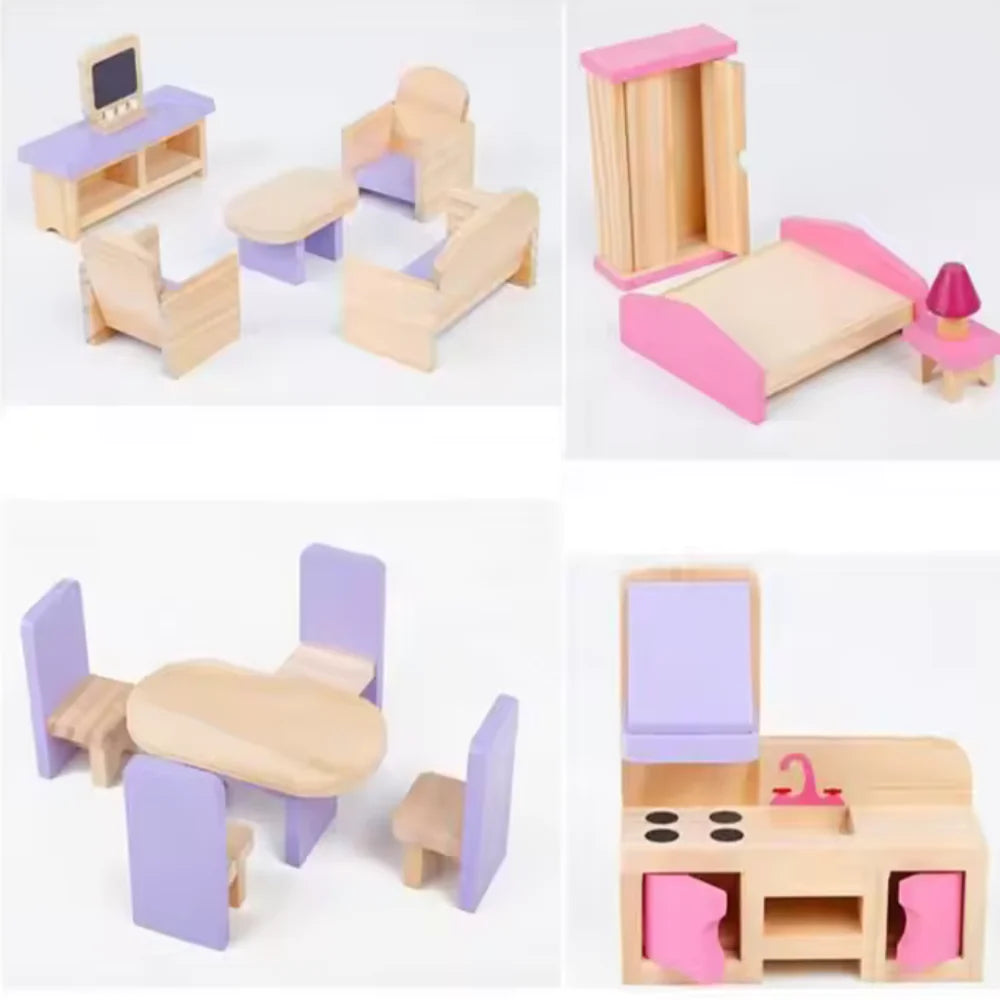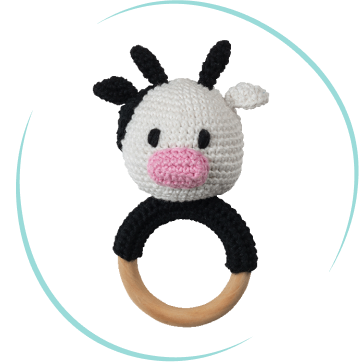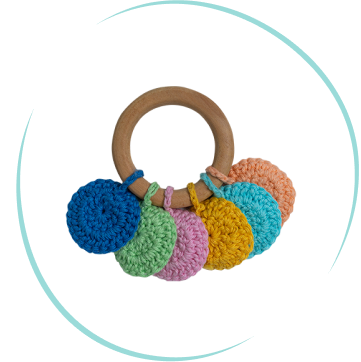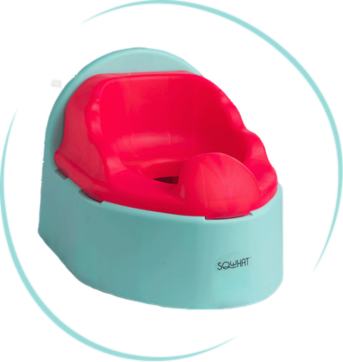Open Ended Wooden Dollhouse - Redwood Cottage
*Inclusive of all domestic taxes
Open Ended Wooden Dollhouse - Redwood Cottage is backordered and will ship as soon as it is back in stock.
Couldn't load pickup availability
100 % Hand Picked Product
Free shipping for Domestic Orders above Rs.1000/-
Description
Description
Accessories List : 19 pcs furniture + 2 doll figures
1. Storytelling and Imaginative Play
- Create Scenarios: Encourage children to create stories involving the dollhouse inhabitants. They can pretend going on adventures, having family dinners, or hosting parties.
- Daily Routines: Children can mimic real-life routines such as waking up, brushing teeth, going to school, and bedtime. This helps them understand daily schedules and responsibilities.
2. Language and Communication Skills
- Role-Playing Dialogues: Children can practice conversations between the dolls, improving their language skills and social interactions.
- Narration: Ask the child to narrate what the dolls are doing. This helps with vocabulary building and sentence structuring.
3. Fine Motor Skills and Coordination
- Manipulating Small Objects: Moving dolls and arranging furniture helps develop fine motor skills and hand-eye coordination.
- Decorating: Allow children to decorate the dollhouse, changing the layout of rooms and furniture. This can include placing tiny accessories, which enhances dexterity.
4. Creativity and Artistic Skills
- DIY Projects: Children can create their own furniture and decorations using craft materials. This can include painting, gluing, and assembling pieces.
- Themed Play: Change themes periodically, such as decorating the dollhouse for holidays, seasons, or special occasions.
5. Social Skills and Cooperation
- Group Play: Encourage children to play with siblings or friends. They can take turns being different characters, learning to share and cooperate.
- Role Assignment: Assign different roles to each child (e.g., mother, father, baby) to help them understand various family roles and dynamics.
6. Problem-Solving and Critical Thinking
- Scenario Challenges: Present challenges for the dolls to overcome, like a doll being lost or a furniture piece breaking. Children can brainstorm solutions, fostering problem-solving skills.
- Design Challenges: Ask children to rearrange the dollhouse to fit certain themes or accommodate all dolls in one room, promoting spatial awareness and critical thinking.
7. Emotional Development
- Expressing Emotions: Use the dolls to express and discuss various emotions. Children can act out scenarios that involve happiness, sadness, anger, and other feelings, helping them understand and manage their own emotions.
- Empathy: Role-playing different perspectives within the dollhouse helps children develop empathy and understanding towards others.
8. Mathematical Skills
- Counting and Sorting: Use the furniture and dolls for counting exercises. Sort items by size, color, or function.
- Spatial Awareness: Encourage children to think about spatial relationships as they place furniture and dolls within the house, which can enhance their understanding of geometry and spatial concepts.
9. Science and Nature Awareness
- Weather Play: Incorporate weather changes into the play. Dolls can experience sunny days, rainy days, and snowy days, teaching children about different weather conditions.
- Nature Elements: Introduce small plants or natural elements into the dollhouse environment, discussing how these elements fit into a home.
Shipping & Delivery
Shipping & Delivery
Domestic orders typically arrive within 4-5 business days, although in some regions, it could extend to 7 business days. Speed-Post is currently not available.
Cancellation
Cancellation
You can cancel orders within one hour of placing them from your 'Order Summary page'. After this timeframe, cancellations are not possible.
*3.3% transaction charges will be deducted from refunds due to payment and platform fees.
Refund will be initiated in 1 to 2 days. It may take up to 10 days for this refund to appear in your account.
